Home>Guides>How-To Guides>How to Choose The Right Color Temperature for LED Tube Lights


How-To Guides
How to Choose The Right Color Temperature for LED Tube Lights
Modified: December 13, 2024
Don't settle for artificial lighting that leaves you feeling drained. Learn the science behind color temperature and how to choose the perfect LED tube lights for your space.
(Many of the links in this article redirect to a specific reviewed product. Your purchase of these products through affiliate links helps to generate commission for Storables.com, at no extra cost. Learn more)
Selecting the right color temperature for LED tube lights is a crucial decision in both architectural and interior design. It affects not only the aesthetics of a space but also functional aspects like visibility, mood, and even the health of those using the space. Understanding the nuances of color temperature can be transformative, offering the ability to tailor environments to specific needs and preferences.
Introduction to Color Temperature
Read more: How To Pick The Right Light Bulb
Defining Color Temperature
Color temperature, measured in Kelvin (K), is a key concept in lighting design. It refers to the color appearance of the light emitted by a bulb and can range from warm (lower Kelvin values) to cool (higher Kelvin values).
Importance in Lighting Design
The color temperature of LED tube lights plays a significant role in the ambience of a room, influencing perception, mood, and comfort. In workplaces, it can affect productivity and focus, while in homes, it contributes to relaxation and coziness.
The Kelvin Scale: Understanding the Spectrum
Warm Light (2700K – 3000K)
Warm light emits a soft, warm glow, reminiscent of the setting sun. It’s typically used in living rooms, bedrooms, and dining areas to create a cozy and inviting atmosphere.
Neutral White (3500K – 4100K)
This balanced light is clear and crisp, suitable for functional spaces like kitchens, bathrooms, and home offices, where clarity and accuracy are important.
Cool White (5000K – 6500K)
Cool white light is bright and stimulating, ideal for task-oriented environments such as workshops, garages, and commercial settings.
Selecting Color Temperature for Different Settings
Residential Spaces
In homes, the choice of color temperature can enhance the function and mood of each room. Warm lights are often preferred in bedrooms and living areas for their relaxing effect, while neutral lights are suitable for bathrooms and kitchens.
Commercial and Retail
Retail spaces benefit from neutral to cool lighting, which highlights product details and creates a vibrant shopping environment. In commercial buildings, cool white lighting can boost alertness and productivity.
Industrial and Outdoor Areas
For industrial settings and outdoor security lighting, cool white is preferred for its ability to enhance visibility and ensure safety.
Color Temperature and Its Psychological Effects
Impact on Mood and Behavior
Warm lighting can evoke feelings of comfort and relaxation, making it ideal for hospitality settings. Cool lighting, with its similarity to daylight, can enhance concentration and alertness, suitable for offices and educational institutions.
Influencing Circadian Rhythms
Lighting can also affect circadian rhythms. Exposure to cool white light during the day can promote wakefulness, while warm light in the evenings can signal the body to prepare for sleep.
Practical Considerations in Choosing Color Temperature
Assessing the Functional Needs of a Space
Consider the primary activities performed in the space. Areas used for reading or detailed work may require cooler, brighter light, while lounging or dining areas may benefit from warmer tones.
Balancing Aesthetics and Functionality
The color temperature should complement the overall design and color scheme of the space while fulfilling its functional requirements.
Adjustability and Flexibility
In spaces with diverse uses, consider LED tube lights with adjustable color temperatures to provide flexibility in lighting according to the time of day or specific activities.
Color Temperature in Specialized Settings
Healthcare Facilities
Neutral to cool lighting is often used in healthcare settings for accurate diagnosis and patient care, while warmer tones may be used in patient rooms for comfort.
Educational Environments
Schools and libraries benefit from neutral to cool lighting, which can reduce eye strain and create an environment conducive to learning.
Read more: How To Color A Light Bulb
Hospitality Industry
Hotels and restaurants often use warm lighting to create inviting and intimate spaces that enhance the guest experience.
The Role of Color Temperature in Sustainability
Energy Efficiency
LED tube lights are energy-efficient, but the color temperature chosen can also impact energy consumption. Cooler lights may be perceived as brighter, potentially allowing for lower wattage usage.
Environmental Impact
Choosing the right color temperature can contribute to an environmentally friendly lighting design, reducing the carbon footprint of a space.
Navigating Color Temperature in LED Tube Lights
Understanding Product Specifications
When selecting LED tube lights, carefully review the product specifications for color temperature and ensure it aligns with your requirements.
Consulting with Lighting Experts
For complex spaces or specific lighting goals, consulting with lighting designers or experts can provide valuable insights into choosing the optimal color temperature.
The Aesthetic Impact of Color Temperature
- Visual Harmony: The color temperature of lighting can complement or contrast with a room’s color scheme, furnishings, and finishes. Warm tones might enhance the natural hues of wood and fabrics, creating a welcoming and cozy atmosphere, while cooler tones can bring out the crispness in modern or industrial designs, lending a cleaner and more invigorated feel.
- Spatial Perception: Interestingly, color temperature can also affect the perception of space. Warmer lights can make a room feel smaller and more intimate, whereas cooler lights can create an illusion of a more expansive and open area.
Functional Aspects of Color Temperature
- Visibility and Clarity: In workspaces or areas where tasks are performed, the right color temperature can significantly impact visibility and eye comfort. Cooler, brighter lights are often preferred in these settings to ensure clarity and reduce eye strain, thus enhancing productivity and focus.
- Mood Enhancement: The psychological impact of lighting is profound. Warmer tones are known to relax and soothe, making them ideal for residential living spaces, bedrooms, or hospitality settings. Cooler tones, mimicking daylight, are energizing and can elevate mood, which is beneficial in workplaces and educational settings.
Health Considerations
- Circadian Rhythm: Our body’s natural circadian rhythm, or sleep-wake cycle, is sensitive to light, particularly its color temperature. Exposure to cooler, blue-enriched light during the day can support alertness and cognitive function, while warmer tones in the evening can cue the body for rest, aiding in better sleep quality.
- Eye Health: Prolonged exposure to inappropriate lighting can cause eye discomfort and strain. Selecting a suitable color temperature for the task at hand and the time of day can help in mitigating these issues.
Understanding Nuances for Tailored Environments
- Varied Applications: Each space demands a unique approach to lighting. For instance, a kitchen, a place of both work and social interaction, may benefit from a balance of warm and cool lighting. Art studios or retail spaces might require lighting that accurately represents color, hence opting for a neutral to cool range.
- Personal Preferences: Individual preferences also play a significant role. Some may find cooler light invigorating in a home office, while others may prefer a warmer, less stark environment.
In essence, the choice of color temperature in LED tube lighting is a nuanced decision, impacting not just how a space looks, but how it feels and functions. It’s about finding that delicate balance between visual appeal, functional needs, and the well-being of those using the space. By understanding these subtleties, designers, architects, and homeowners can create environments that are not only visually pleasing but also conducive to the activities and well-being of their occupants.
Conclusion: Harnessing the Power of Color Temperature
Color temperature is a powerful tool in the realm of lighting design. By selecting the appropriate color temperature for LED tube lights, one can transform spaces, enhance functionality, and even positively impact the well-being of occupants. From the cozy warmth of a living room to the bright focus of a workspace, understanding and utilizing the spectrum of color temperature enables the creation.
Was this page helpful?
At Storables.com, we guarantee accurate and reliable information. Our content, validated by Expert Board Contributors, is crafted following stringent Editorial Policies. We're committed to providing you with well-researched, expert-backed insights for all your informational needs.
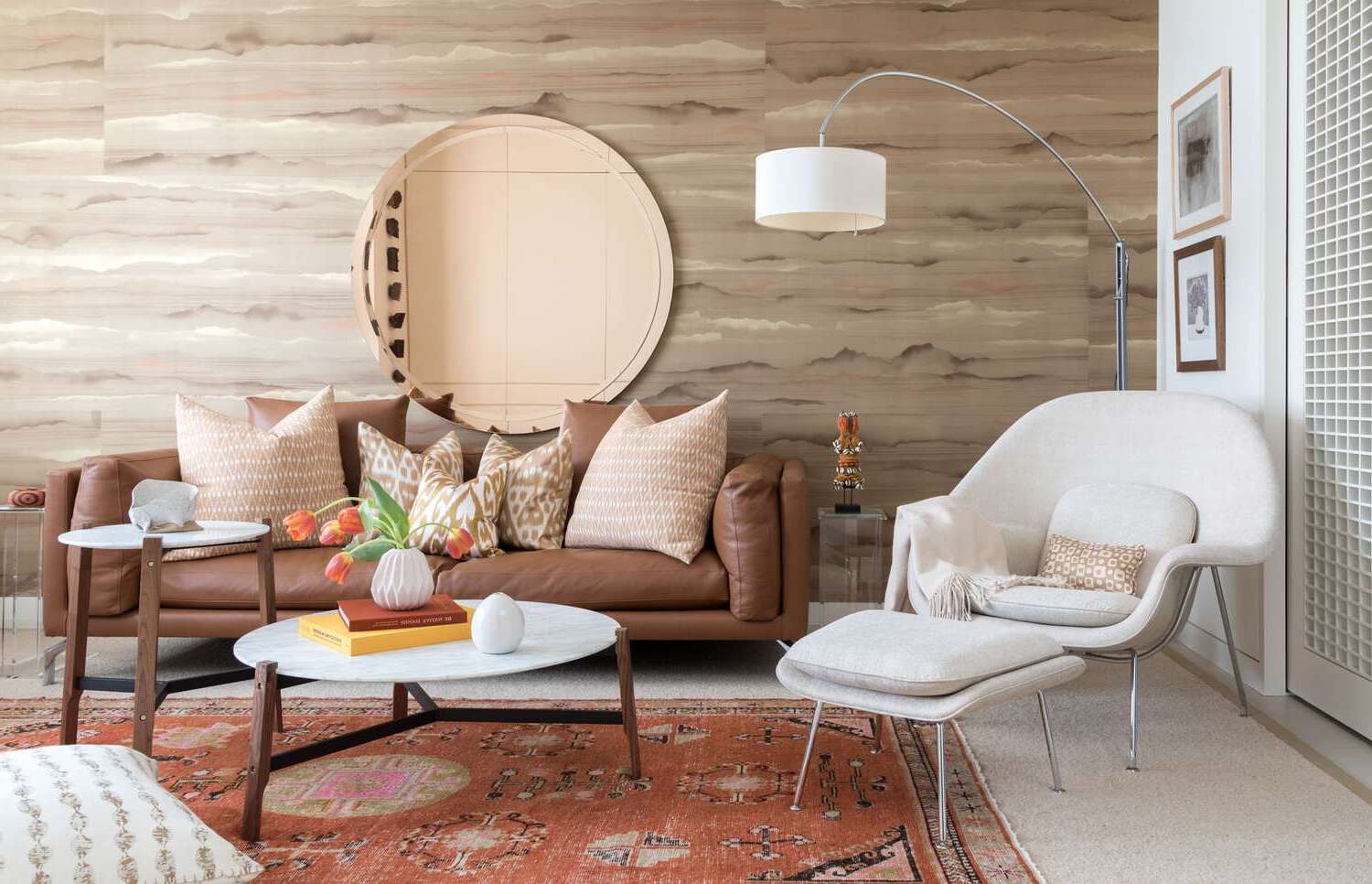
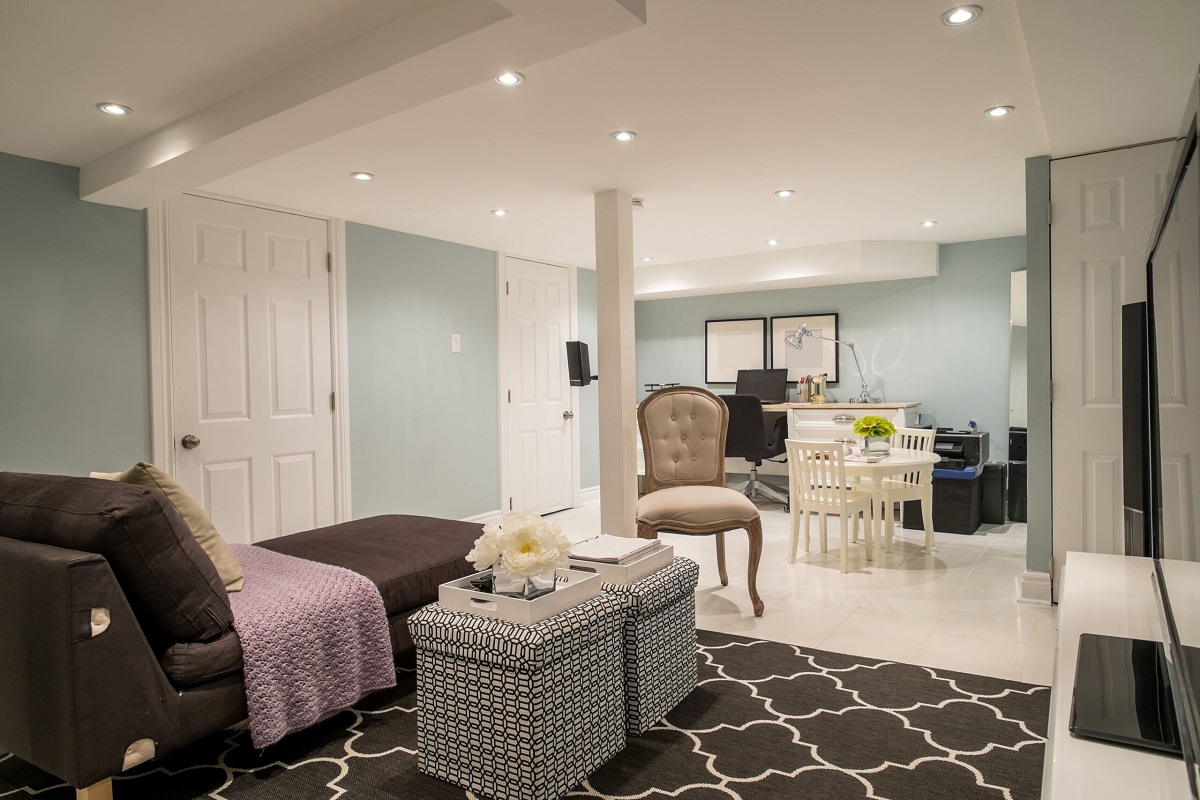
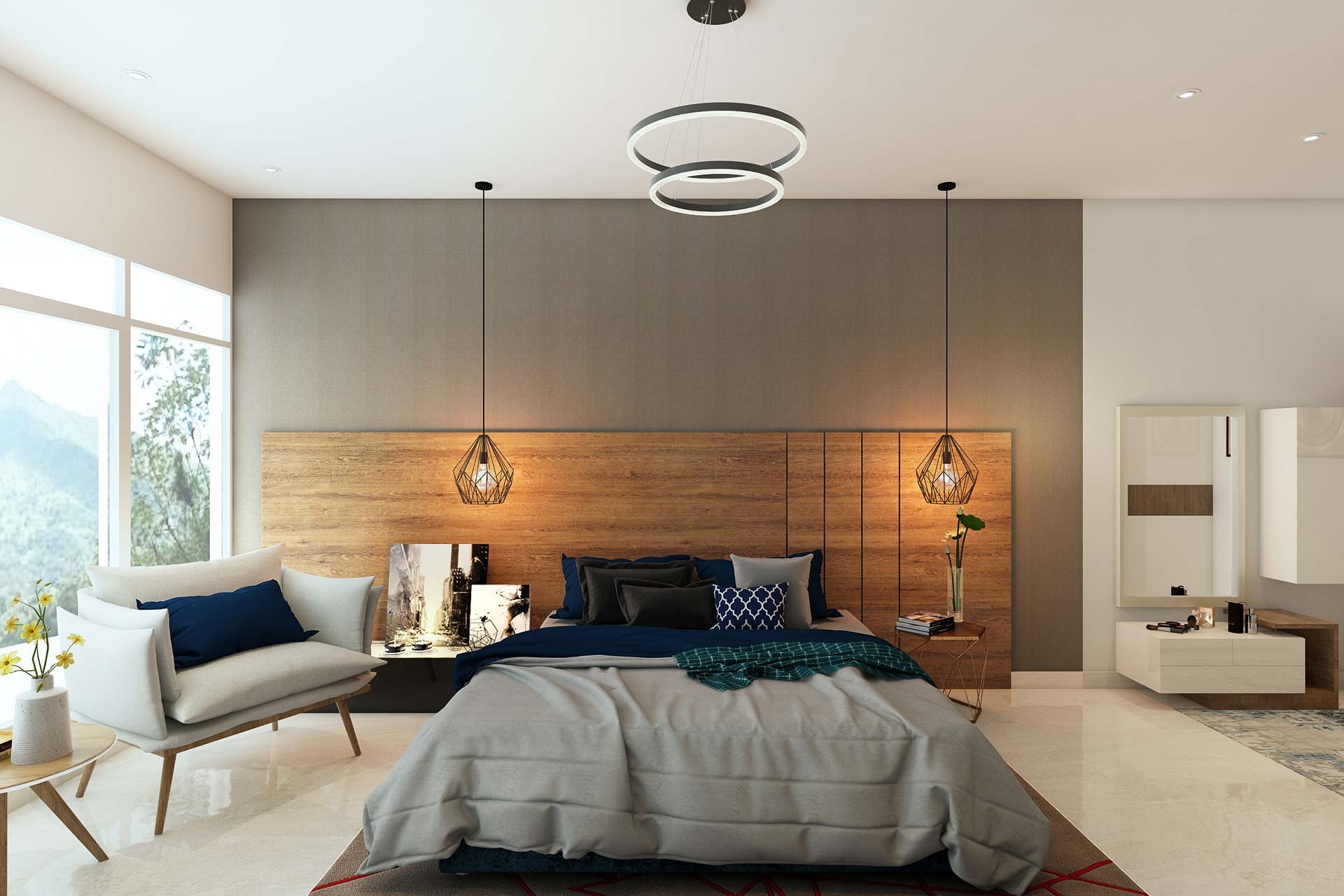
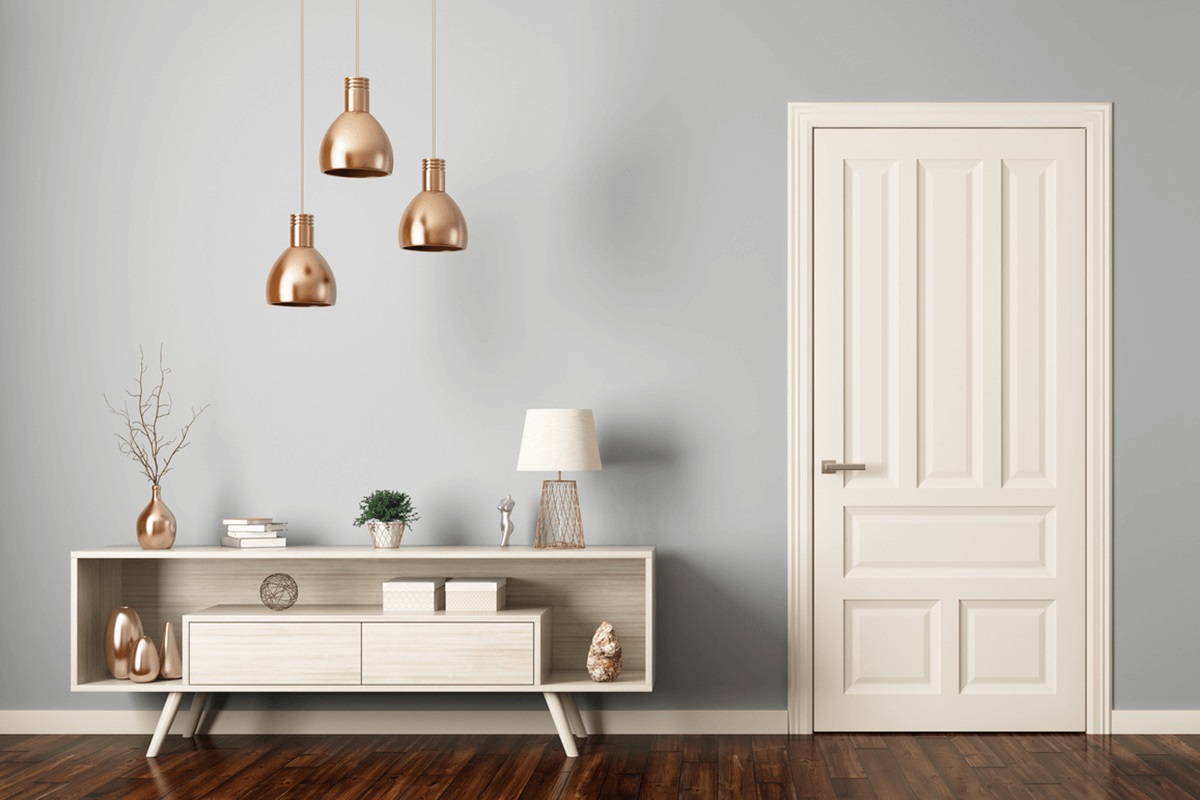
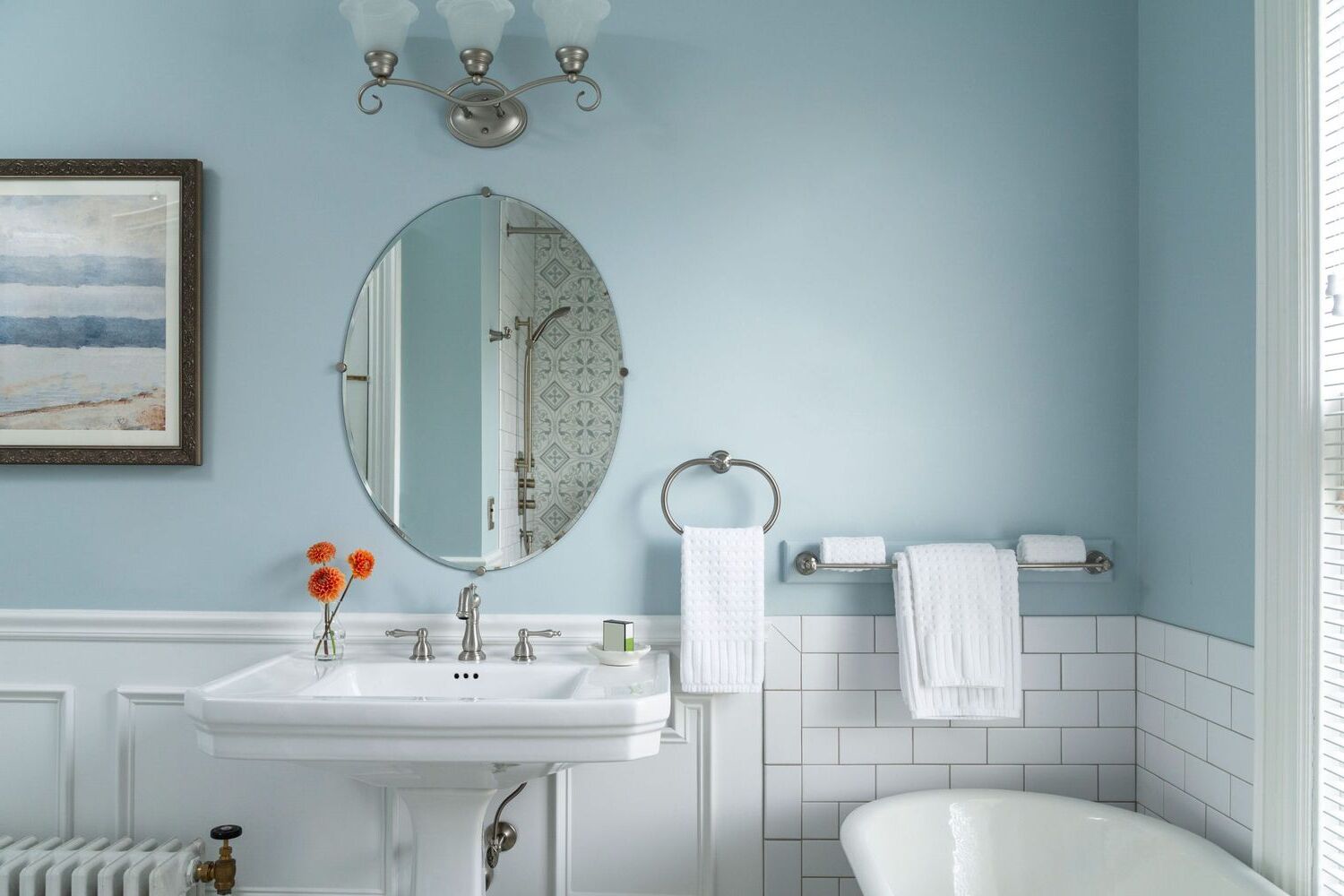
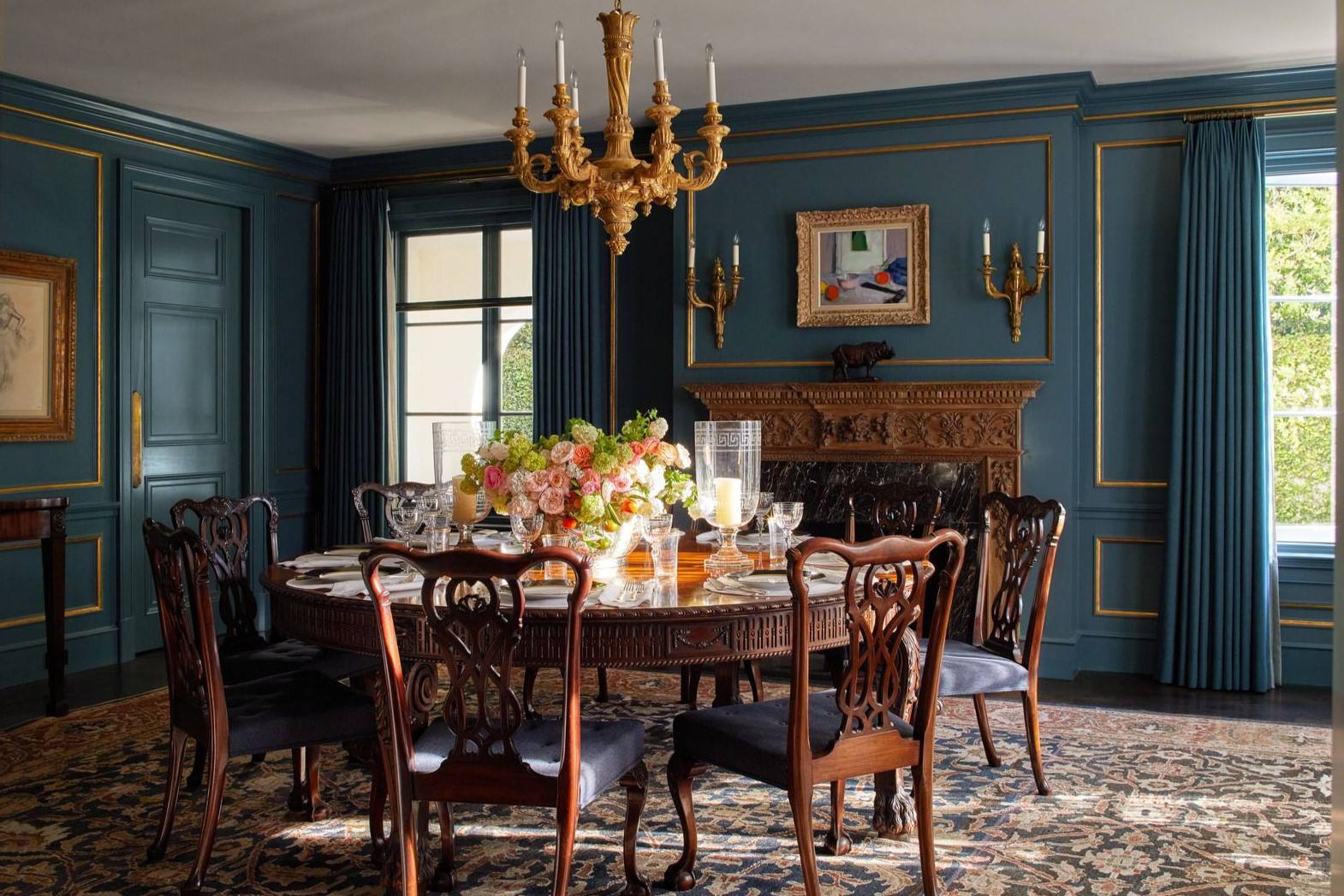
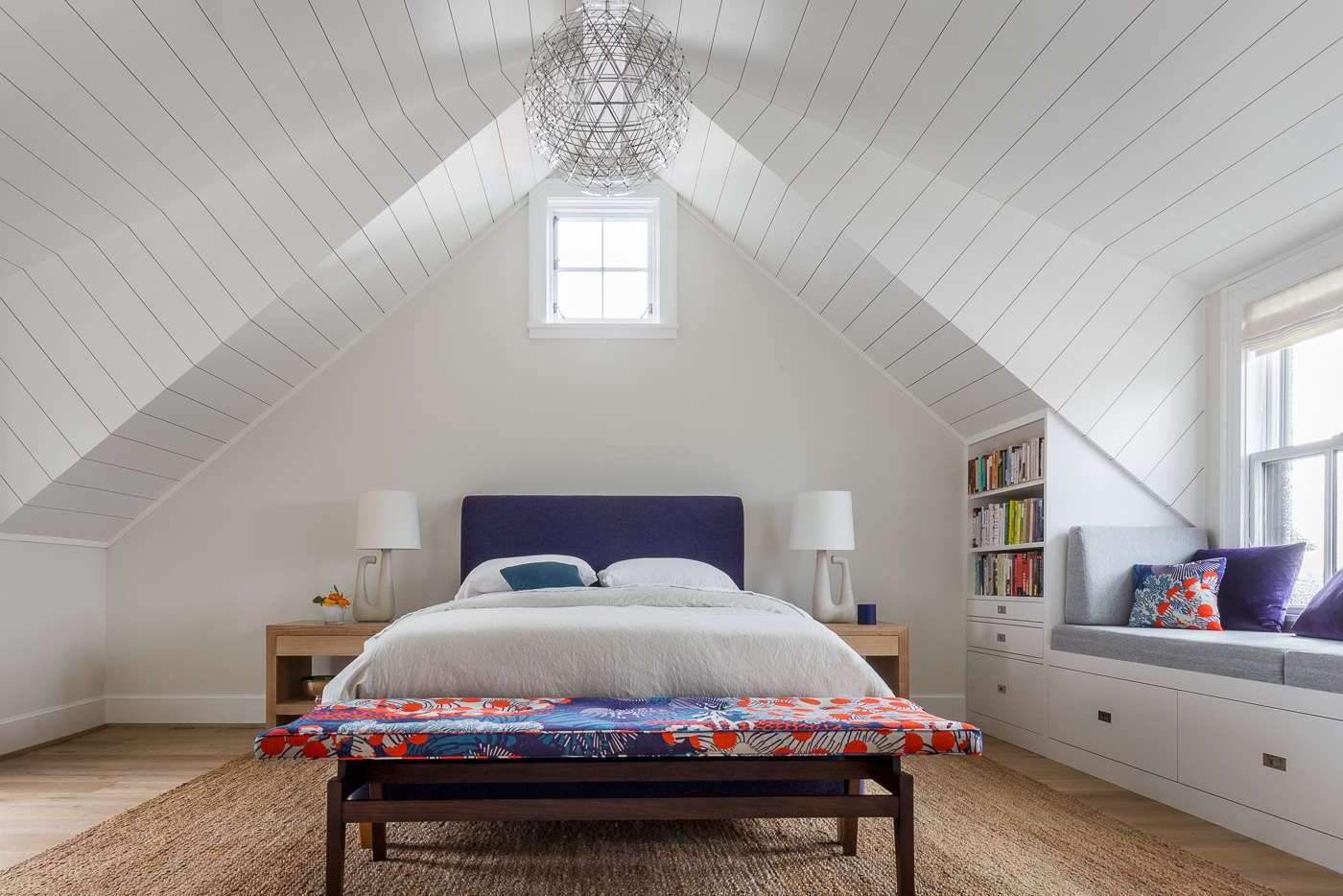
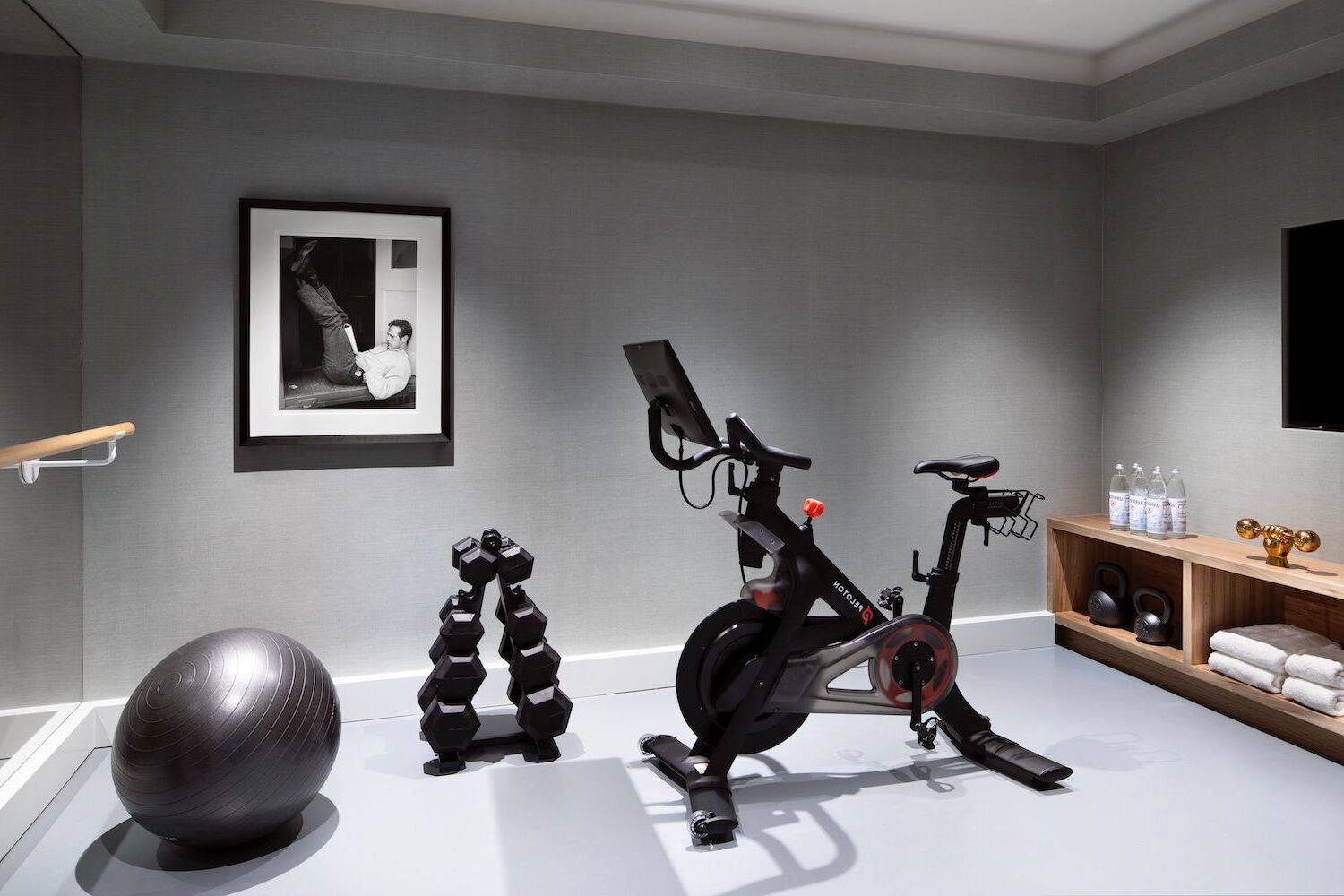

0 thoughts on “How to Choose The Right Color Temperature for LED Tube Lights”